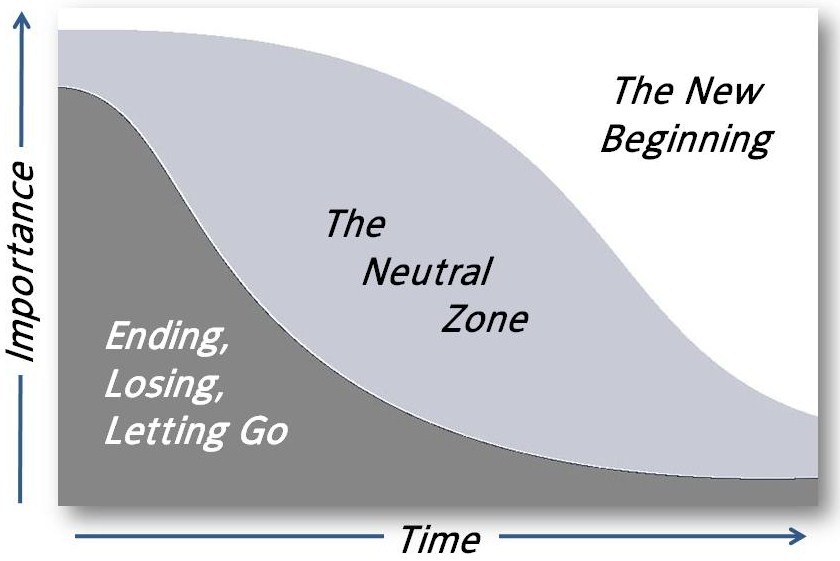Procrastination and Avoidance
Procrastination involves avoiding specific tasks; while avoidance tends to be a more general pattern that develops and can cause recurring issues both at work and at home. Most people can relate to occasional bouts of both procrastination and avoidance. About 95% of people admit to putting off work, according to Piers Steel, author of The Procrastination Equation. But, just to ensure you don’t feel alone in these challenges, check out this TED talk from Tim Urban, “Inside the Mind of a Master Procrastinator”.
In their research, Pychyl and Blunt found seven triggers which can make tasks feel even more aversive. Usually the task is:
- Boring
- Frustrating
- Difficult
- Ambiguous
- Unstructured
- Not intrinsically rewarding
- Lacking in personal meaning
That all sound about right! Unfortunately, we have many daily tasks that can be categorized in this way, so each person needs to develop their own coping mechanisms for overcoming procrastination and avoidance. Here are some ideas which might help you to be successful in your attempt to overcome avoidance.
REMOVE DISTRACTIONS We live in a world where we are constantly pinged and alerted….and distracted from tasks at hand. Sometimes, the distractions can be passing co-workers who want to chat. Sometimes, the distractions could be social media or news notifications on our phones. Whatever it might be, try to find a way to block out distractions to help you achieve focus. Put your phone on “Do Not Disturb” or put on headphones as a way to signal to those around you that you are trying to focus. Whatever it might be, distractions only lead to more procrastination, so try to minimize those around you.
REFRAME THE TASK Some tasks are simply monotonous and boring and we want to avoid them as much as possible. Whether the chore is cleaning house or splitting cells, if you find yourself avoiding it, try to think of a way to make it more manageable. Try to pair an activity you dislike with one you enjoy. Perhaps when you clean is when you get to listen to your favorite Spotify playlist or catch up on the latest podcasts.
OVERCOME THE ACTIVATION BARRIER This is a fancy way of saying, “Just get started!” Once you start, there is more momentum to continue. Personal trainers use this technique all the time with clients. You don’t have to go to the gym, just get dressed for the gym. They say that knowing that you are much more likely to continue to follow through with the subsequent steps as long as you just put your gym shoes on.


